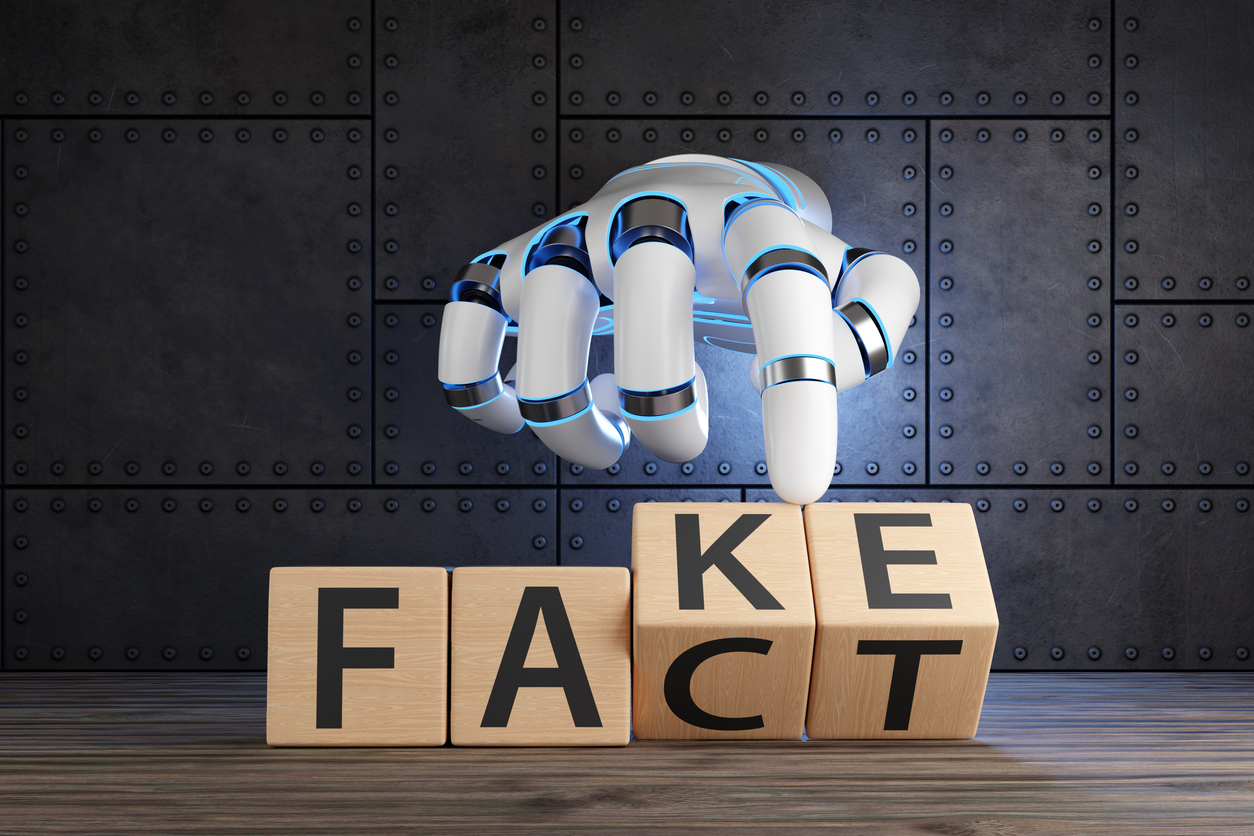
Do I need to be on this call? Is this mass email directed at me? We’ve all had these thoughts at some point. It’s because we live in an era of constant change, where communication is king. Everyone needs to know everything so nothing slips through the cracks. Seems plausible, right? Don’t get me wrong, I’m not hating on communication. It is critical, from the smallest software update to the grandest transformation. You can’t expect success without spreading awareness, but not all communications are created equal. If you want your audience to embrace and adopt your change endeavor, it’s not enough to send an email, you need to change behaviors. To do that, you need to change habits; literally, reshape the brain. You can’t just communicate, you have to focus attention.
Elements of meaningful communication
Focus on what though? You need a target and the desired end-state. Identify the key behaviors you want your audience to exhibit and the enabling habits that lead to those behaviors. With these in mind, you can develop an action plan of short, achievable objectives to build momentum, develop good habits, and drive behavior change.
Establishing an action plan is just the first step. You need to get the word out and gain traction, but you can’t do that with broad messages, they need to be focused. Too often we overvalue information because we don’t want to miss anything, so we over-correct and send too much. It’s like blasting a fire hydrant when all we need is a trickle of water. Your people only need to know what’s relevant to them, which means communication needs to be focused, and more explicitly: timed, measured, and specific.
How to focus attention
Information must be delivered when people need it. It’s too easy to dismiss something months away, and no one appreciates last minute updates. A good way to navigate this “Goldilocks Zone” is to establish an overall communication timeline to match your project milestones. Post it publicly around the office, on SharePoint, on the project website, in Slack, or even in a custom app. Set the expectation for deliberate email updates about your project, and then reinforce your communications with a push notification, a banner on your website, an alert in SharePoint, or any other tool you can leverage beyond email.
Timing isn’t enough, you need a measured approach to the information you send. Develop a meaningful content schedule aimed at delivering the right amount of information at the right time. Highlight the important details and avoid minutia. Nothing makes eyes glaze over like diving into the weeds with technical jargon about a system update. On the other hand, a simple announcement doesn’t carry enough weight, and people may feel lost. When is the update occurring, and how will it impact your recipients? Satisfy your audiences’ needs and questions without overwhelming them.
You read that right, plural audiences. You can’t send the same information to everyone and expect it to be relevant and impactful. You need to make sure each person gets the specific information for their role in the organization and the project. A sales VP and a customer service representative do not need the same exact information. Just like how training needs to be role-specific, you can’t tell everyone everything and expect the information to stick. Customize your messages and resources for each role, organize your SharePoint to support this role-based approach, build separate pages on your website for each audience, and push out notifications and alerts tailored to those affected by the upcoming change.
It’s not enough to simply push information out to everyone. Identify your key behaviors, build an action plan of achievable objectives, and then build a communication plan and content schedule to support your action plan. Leverage tools to reinforce your communications and build momentum. That’s how you focus attention. That’s how you transform.



